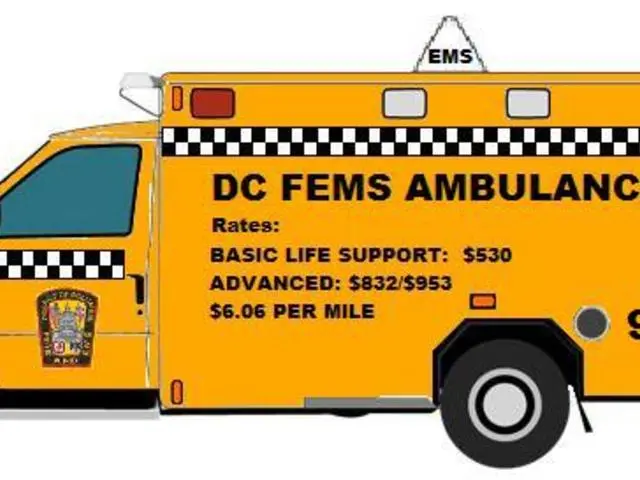Is Telehealth Psychiatry a Suitable Option for Your Mental Health Needs?
Online Psychiatry vs. In-Person Psychiatry: Finding the Right Fit for Your Needs
In the modern world, mental health care is increasingly moving online, offering new opportunities for accessibility and convenience. However, it's essential to understand the differences between online psychiatry and traditional in-person psychiatry to make informed decisions about your care.
Differences
- Mode of Delivery: Online psychiatry typically uses video calls, phone, or messaging platforms, allowing patients to connect from home or any comfortable location. In-person psychiatry involves face-to-face meetings at a clinic or therapist’s office.
- Comfort and Privacy: Online sessions allow patients to remain in a familiar and private environment, which may reduce stigma and anxiety about attending therapy in person.
- Accessibility: Online psychiatry removes geographic barriers, saves travel time and costs, and provides more flexible scheduling, including evenings and weekends. It also expands access to specialists across different regions.
- Therapeutic Interaction: In-person psychiatry offers direct, face-to-face contact that some find more engaging for building rapport and observing non-verbal cues. It may suit initial assessments or complex cases better. A blended approach is common, combining in-person for assessments and online for follow-ups.
- Between-Session Communication: Online platforms often facilitate messaging or emailing therapists between sessions, supporting ongoing emotional support and monitoring that might not be as available in traditional settings.
- Clinical Effectiveness: Large studies confirm that online therapy is as effective as in-person treatment for disorders such as depression, anxiety, PTSD, and OCD, with comparable recovery rates.
When Each Option is Most Appropriate
- Online Psychiatry is Well Suited For:
- Individuals seeking convenience, flexibility, and privacy.
- Those living in remote or underserved areas.
- People with mild to moderate symptoms comfortable with technology.
- Patients who may feel stigma or anxiety about visiting a clinic.
- Ongoing maintenance therapy or stress management.
- In-Person Psychiatry is Preferable For:
- Initial diagnostic assessments or complex psychiatric cases that require detailed observation and physical exams.
- Individuals who benefit from direct interpersonal contact.
- Patients with severe symptoms or comorbidities requiring close monitoring.
- Those without reliable internet access or technological familiarity.
Many clinicians adopt a blended approach, using in-person sessions for assessments or when needed, and online sessions for convenience and continuity.
It's important to note that the cost of online psychiatry can vary greatly depending on whether you're covered by insurance, where you're located, and whether you're using a private practice psychiatrist or a psychiatric nurse provider on an online platform.
Ultimately, the choice between online and in-person psychiatry depends on personal preferences, clinical needs, symptom severity, and practical considerations such as location and technology access. The American Psychiatric Association considers telepsychiatry the equivalent to in-person care in diagnostic accuracy, treatment effectiveness, quality of care, and patient satisfaction.
When considering online psychiatry, ensure you have a fast and reliable internet connection, limit distractions at home, and take time to find the right online psychiatrist. As with any healthcare decision, it's essential to do your homework and ask questions before making a choice.
In the context of health-and-wellness, online psychiatry, with its convenience and privacy, can be particularly beneficial for individuals with mental health needs who seek flexibility, live in remote areas, or feel stigma or anxiety about visiting a clinic. On the other hand, science highlights that in-person psychiatry, especially for initial diagnostic assessments or complex cases, offers direct, face-to-face contact necessary for detailed observation and physical exams.




